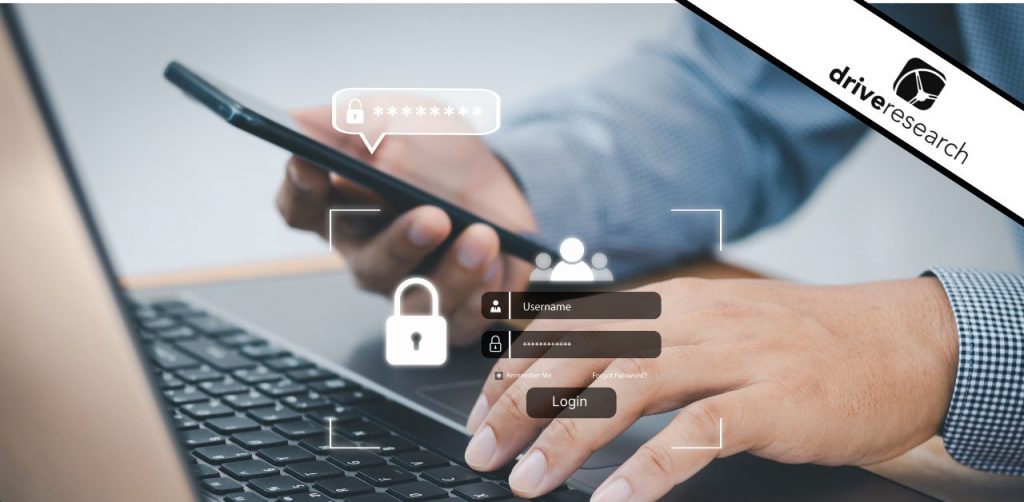
When it comes to online surveys, you have two options: (1) authenticated or (2) unauthenticated. Choosing between the two approaches can prove difficult. As a survey administrator you must weigh the pros and cons of each option and choose the best approach for your study.
What are authenticated surveys?
Authenticated online surveys are verified through an authorization key or identifier that allows the survey administrator to trace respondents. This is typically done through a unique link sent to each survey respondent from your sample (e.g., when the respondent clicks on the link it usually looks like: www.driveresearch.com/GQ783D.) The GQ783D is the unique identifier.
What are unauthenticated surveys?
Unauthenticated surveys are the exact opposite. For these types of surveys, the survey administrator has no option to trace the responses to specific persons and the survey data collection is intended to be anonymous. This generic link is sent through email or made available online with no unique identifier.
Which one is better?
When choosing authenticated each respondent is uniquely identified which allows for reminders to be sent solely to non-responders. It enables the survey administrator to seed data and tie specific internal profiling or data points to the respondent.
This can create more powerful insights and a shorter survey to prevent respondents from re-entering information that has already been captured through other internal databases. With this type of approach you need to aware of specific country’s regulations due to privacy concerns. Authenticated surveys can also become an issue with more sensitive topics like employee satisfaction studies.
When choosing unauthenticated, the survey data is largely anonymous. Largely, because many surveys may ask the respondent to enter personal information at the end of the survey to enter a contest or win a raffle. Because the survey is anonymous, reminders are troublesome. If you administer the survey through email, reminders must be sent to the entire sample because there is no way to separate the responders from the non-responders.
A key benefit of unauthenticated surveys is the ability to publish the survey on a variety of platforms: print, on websites, and on social media. Without a unique identifier, anyone and everyone who has access to the link can take the survey.
This is extremely helpful in boosting response rates but you also lose control of your sample and it makes it nearly impossible to claim statistical reliability in the results depending on where and how the link was publicized. One front-end option to control this is by dropping cookies to prevent a second survey from being submitted from the same IP address. There are a few back-end options to protect the integrity of your results as well, from reviewing straightliners to analyzing time to completes.
If you are thinking about combining both approaches, you should be careful. There is more reliability in the authenticated survey results because of the process being more randomized other than some response bias. Oftentimes it is best to report on only on the authenticated surveys and treat the unauthenticated results as a value-added or additional data for the appendix. Merging the two sampling methodologies into the same report is not recommended.
Contact Our Survey Company For Help With Authenticating Surveys
Drive Research is a national online survey company. Read more about our market research services here. Questions about your next project? Contact us at [email protected] or get a custom quote.



